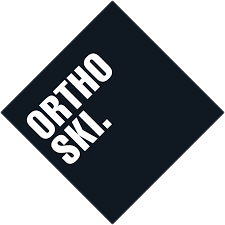Getting your ski feet back
It’s likely been 9 months since you’ve stuck your feet in your ski boots (give or take a trip in a plane) and now they’re not feeling the same as they used to. Or perhaps they feel as bad as you remember. At the risk of sounding too preachy let’s just say, new ski season, new beginnings! Get your feet sorted.
There are a few reasons your boots could be feeling different than they did last year. Perhaps your boots are over 5 years old and the liner is starting to pack out. This will be noticeable by less control of your skis, more movement in the boot, or sore spots that never used to hurt. Might be time to consider some newbies. But let’s go on, what else could be causing these issues?
Perhaps, you’ve just bought new boots overseas from an awesome boot fitter, but now the boots that felt great in light, dry powder are causing deep, burning pain on the Aussie slopes. This doesn’t mean you bought the wrong boot, they just might need some tweaking.
Australia is a tough proving ground for ski boots. The conditions here require some fine tuning for comfy feet. Overseas, particularly Japan where the snow can be super soft, you’re on super wide skis, no edging, and no juddering or vibrations smashing through your feet. Your boots feel great in these conditions. But it’s really common to bring them back to Aussie snow and they’re feeling less comfortable than a mankini. Don’t despair, once you get them set for Australian conditions they’ll be dialled for anywhere in the world!
Temperature can play a part too. Plastics respond differently to the colder or warmer they are. Overseas conditions are generally much colder, making plastics stiffer and boots more supportive.
Now lastly, if you’ve put your boots on and they feel crap, and they’ve all always felt like a bag of crap, it is time to get that crap sorted. Perhaps you need a new ski orthotic, some boot mods and a good lie down. Or perhaps you need to hear the harsh reality that you’re just in the wrong boot.
Either way you won’t know if you keep avoiding the issue and ruining your ski days with sore feet. Come on in, we’ll sort you out. And remember, the most expensive thing about getting a new pair of well-fitted ski boot is the money you’ll spend on the extra ski holidays you’ll take.
Finally, foot care is important in the harsh weather of the mountains. Keep them warm with slippers around the apartment or lodge – cold feet into a boot means a day of feeling chilly. Manage any areas of heavy callus with a pumice and heel balm to prevent skin fissures or pressure spots when skiing. And of course, wear a proper wool ski sock. If you own your boots, wear a thin merino sock. If you’re renting, a thick woolly sock will offer a little bulk padding for comfort.
Ski well, my friends.

